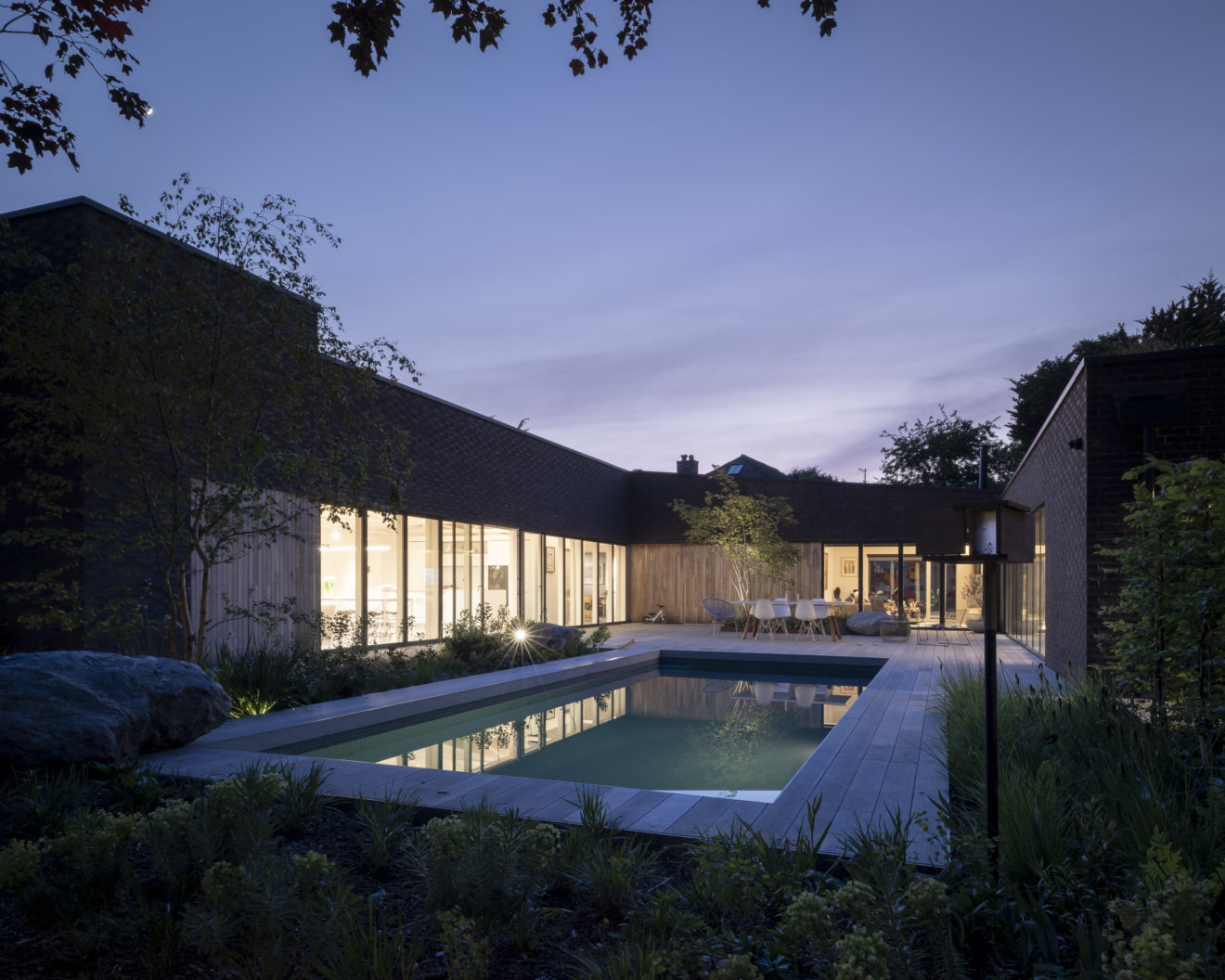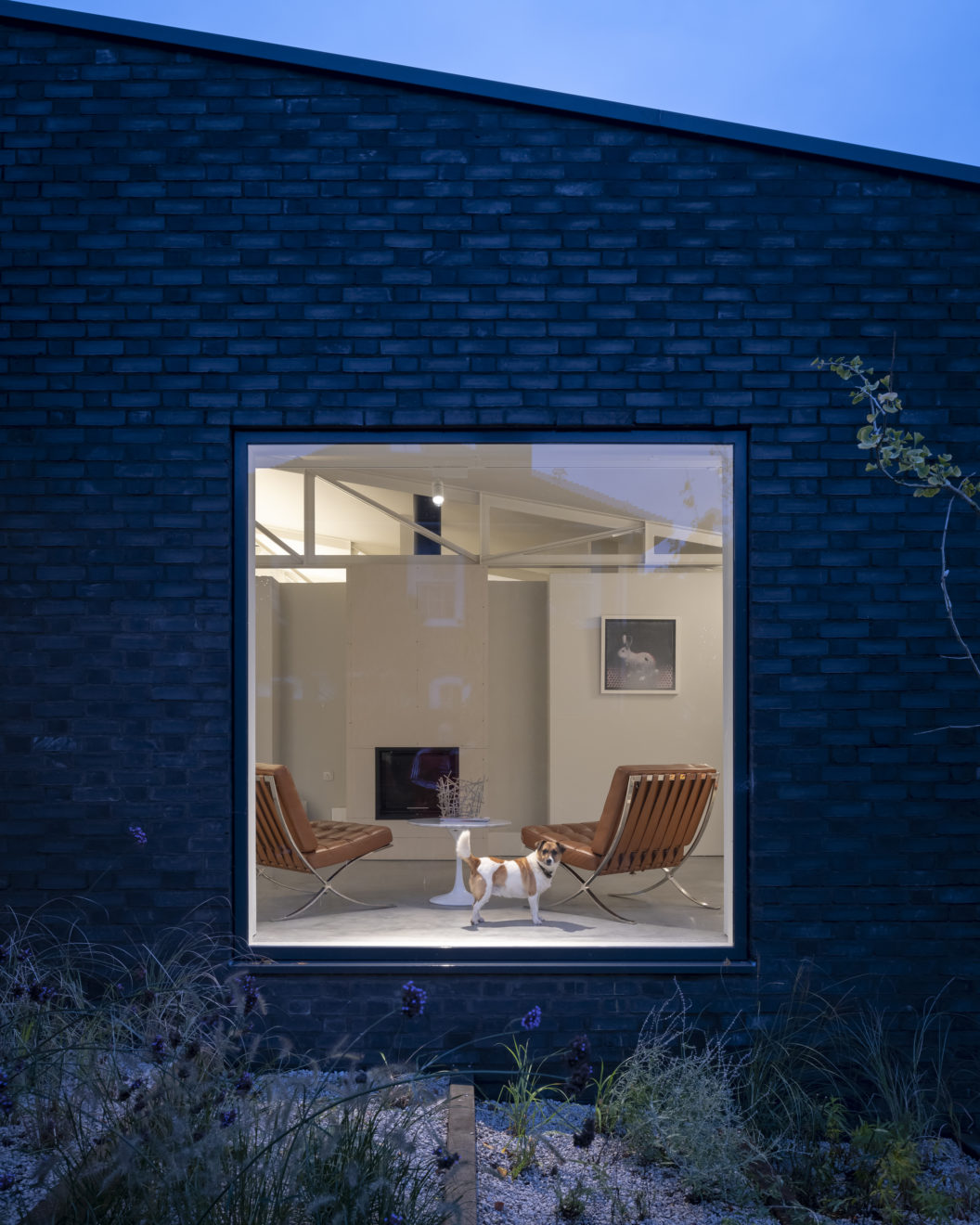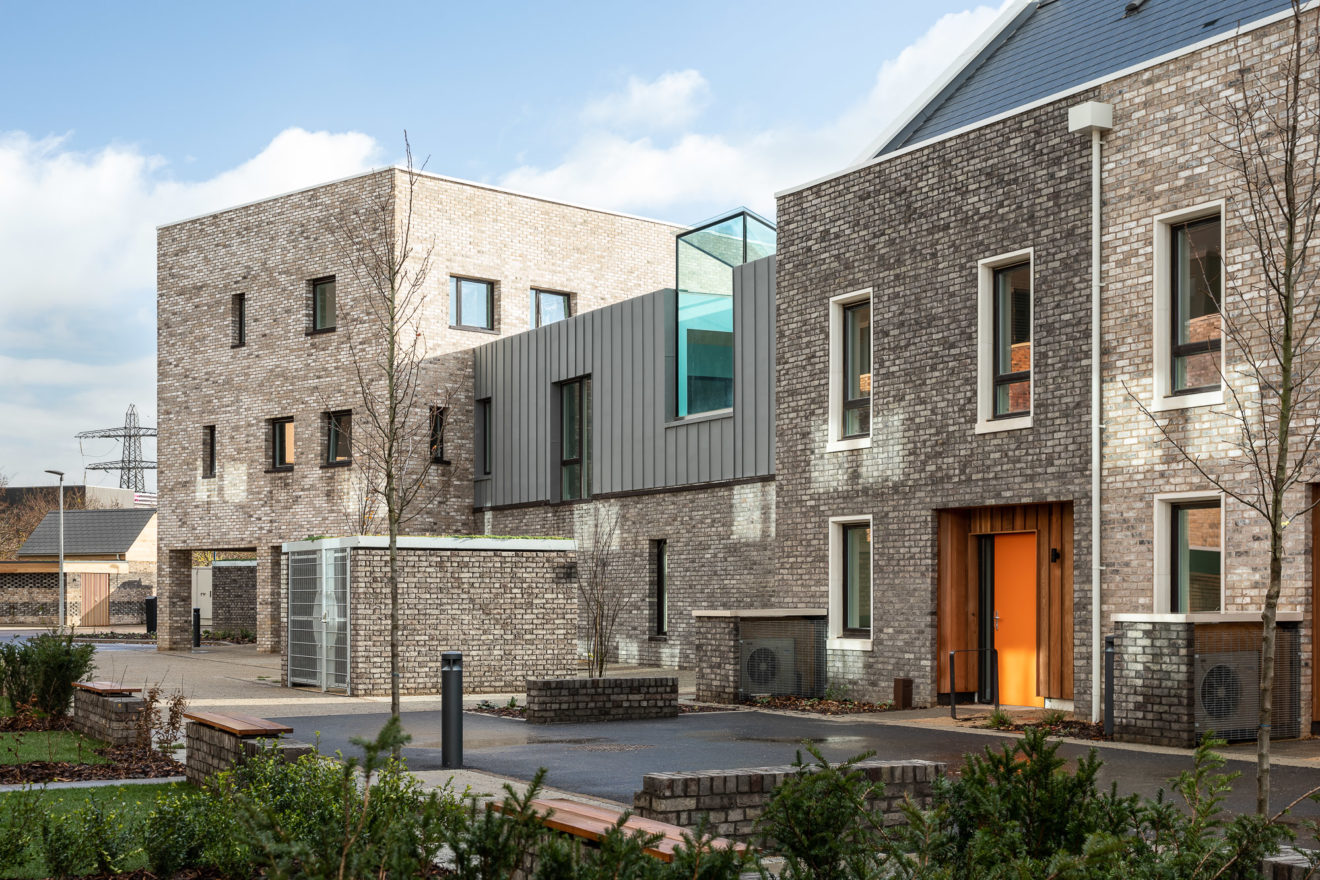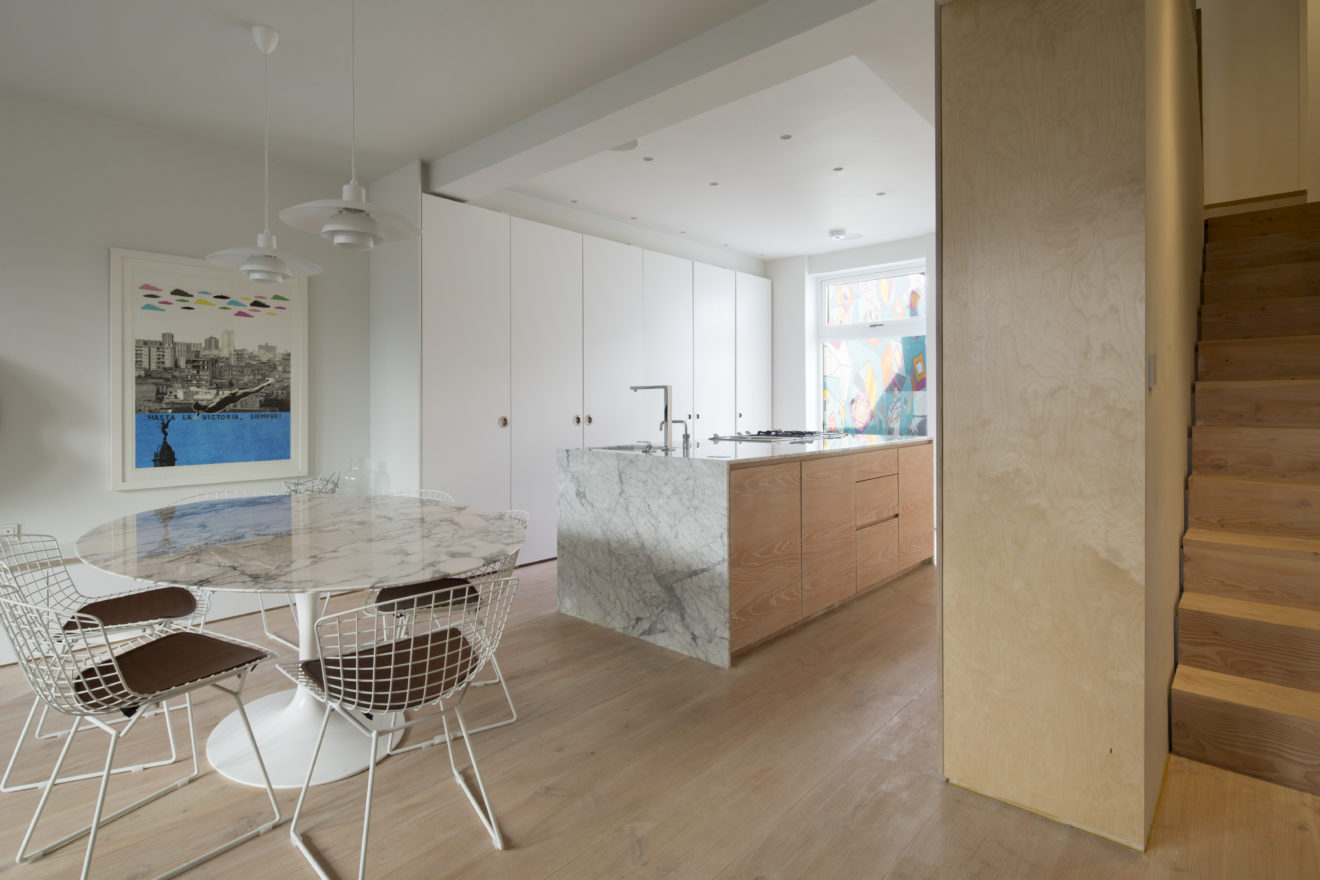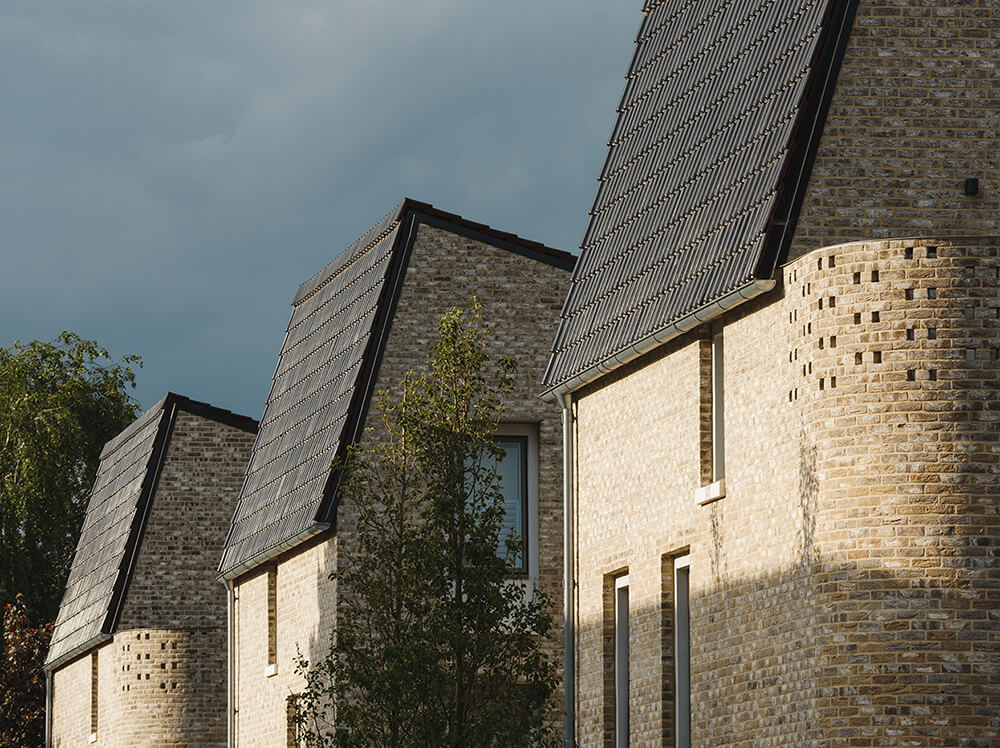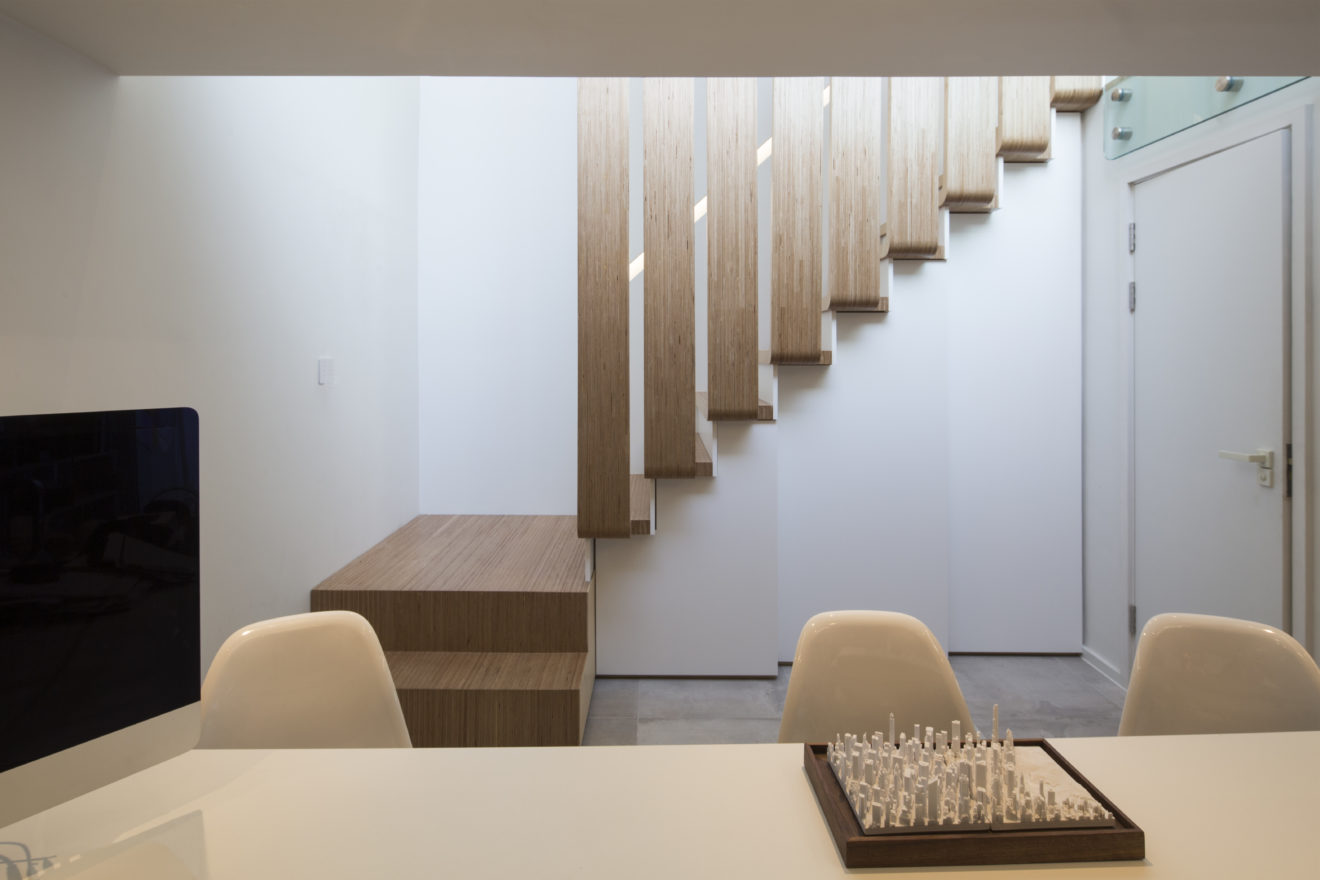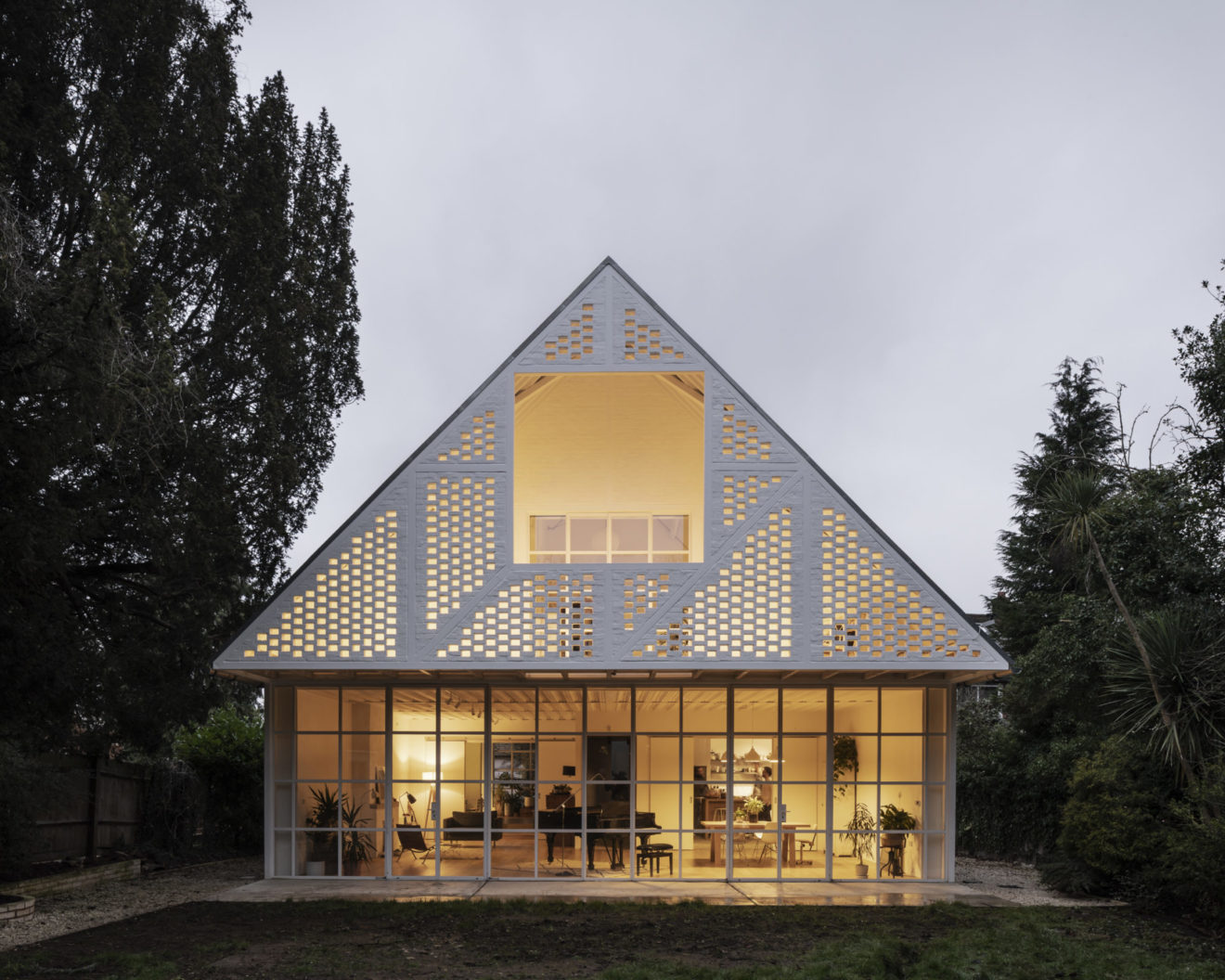Paul Templeton – Baobab Developments
We’re fortunate to work with some of the industry’s most talented individuals – like-minded people who share our appreciation for really good design, and understand how it can truly enrich the way we live. Paul Templeton, Director of Riba award-winning Baobab Developments, is one such person and part of the new wave of property developers steering the course of housing design in an exciting new direction. Here, he tells us about his favourite projects, lessons learnt, and what the future holds for housing development.
Fundamentally, it is because we are design driven and not bottom-line driven. Early on I established that exceeding expectation was only marginally more costly than producing the quotidien, soulless development that is sadly the norm. Our proposition and gamble was then: Would a better product then attract a design premium to mitigate this increase in cost? It appears that it does, as buyers are a lot more design savvy than they were. Although, in these straitened times, price sensitivity is a risk to this proposition.
Unquestionably. The quality of the majority of housing is poor – but I do understand why. To be a sustainable development business, cost control is central and with rising build prices, an unstable market and a myriad of costs, contributions and taxes. There is an inevitable race to the bottom in terms of the product, as it is cheaper to build poor quality housing. There is some excellent development out there, with developers such as HAB, Solidspace and Arrant Land leading the way, and I am particularly enamoured with Town’s Marmalade Lane development in Cambridge, and the incredible Goldsmith Street development in Norwich.
Not particularly, but the prices vendors look to achieve on land now is a little ‘ambitious’… When I started developing, the rule of thumb was a third:third:third in terms of land:build:gross profit, but those days are long gone. It seems more 40:45:15, with build costs rising, as well as vendor expectations on pricing. It makes developing for small developers like us a lot more precarious than it used to be.
The only certainty in developing is that problems occur. Development is an iterative process and each development will bring up a problem not encountered before, which requires an update or amendment to our process so that we can avoid it next time. Each new home is a prototype – it has never been built before – and it is delivered by a disparate group of professionals that have often not worked together before, and all under intense time and financial pressure. So, issues are inevitable. But experience, transparency and a collaborative ethic can see these issues mitigated and solved. So these are troubleshooted through an iterative development of our processes, solid project management, working with trusted contractors, consultants and designers, and a little luck of the Irish thrown in.
Control costs. Religiously. I have five fundamental principles: competitive tendering, due diligence, performance management, forecasting and controlling cost, budgeting for programme. Each is a discipline and conversation in itself, but these underpin all that we do.
Always the current ones! We have several on at the moment which I am in love with: first is a two house development in Brighton with Studio Octopi architects and the second is a development just outside Lewes for six prototype bungalows. I am a big fan of the American developer/builder Joseph Eichler, who developed on the West Coast in the 50s and 60s. He democratised architecture and delivered high design single-storey houses to the mass market, and we are working with ECE Architecture to develop a modern update to this. And I think this will be a direction we pursue for a while.
To quote E. F. Schumacher: “Small is beautiful”. Mistakes and contingencies are inevitable, so start with something small with a decent margin and learn on the job. Develop processes and strategies in a scalable way, so you start the development journey with a solid bedrock. And, control costs!
We have the two projects I mentioned above, as well as a beautiful bucolic site in Hurstpierpoint we are in planning for four John Pardey houses – a modern take on the traditional farmstead.
Not enough. If there is one industry which has resisted innovation over the years it seems to be construction. We use the same methods that have been used for hundreds of years. But this is changing, and the advent of proptech etc. is exciting. The direction of travel is, and rightly so, more sustainable development, recognising climate change and the appalling job we humans are doing as stewards of this planet.
Should that be changed? There are horses for courses and, to continue to butcher the equine metaphor, you can lead a horse to water, but… I am always mindful and wary of the sneery, smug attitude some can have to others’ tastes and, whilst I am not a fan of mock Tudor, others are and good luck to them. That said, there are a good amount of design literate punters out there thanks to Grand Designs and whatnot, so I don’t need to develop mock Tudor houses! Although, I have just seen a very handsome update on the mock Tudor house by Surman Weston in Surbiton. Fantastic!

